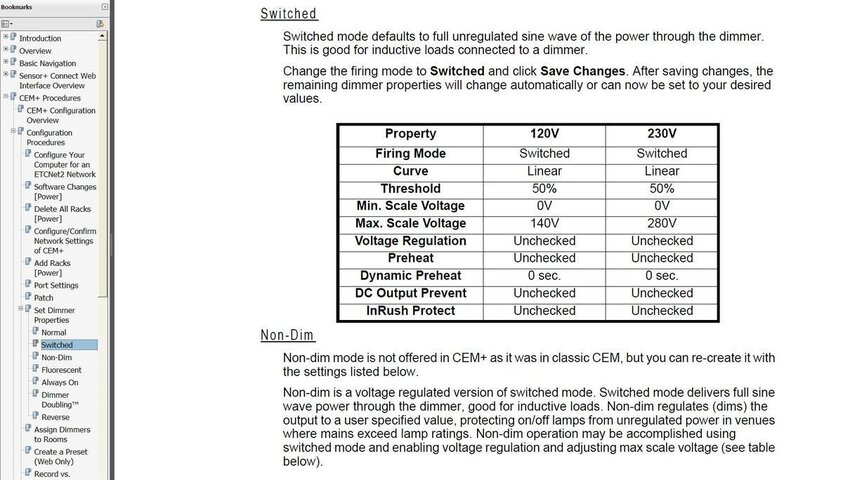Jojomonkeyking
Member
I just had a conversation with the TD where I work and I was looking for some more clarification.
We have some old Gam ColorWiz scrollers that run to a brain that is plugged into a Non-Dim module in our dimmer rack, is there a difference between that setup and one that runs to a regular module that set to the "Switched" property in the rack?
He said that the ColorWiz's and any other intelligent fixture that wants consistent power should be plugged into a Non-Dim module and that if its a regular module set to "Switched", the intelligent fixture will eventually be damaged in some way.
Thanks!
We have some old Gam ColorWiz scrollers that run to a brain that is plugged into a Non-Dim module in our dimmer rack, is there a difference between that setup and one that runs to a regular module that set to the "Switched" property in the rack?
He said that the ColorWiz's and any other intelligent fixture that wants consistent power should be plugged into a Non-Dim module and that if its a regular module set to "Switched", the intelligent fixture will eventually be damaged in some way.
Thanks!



